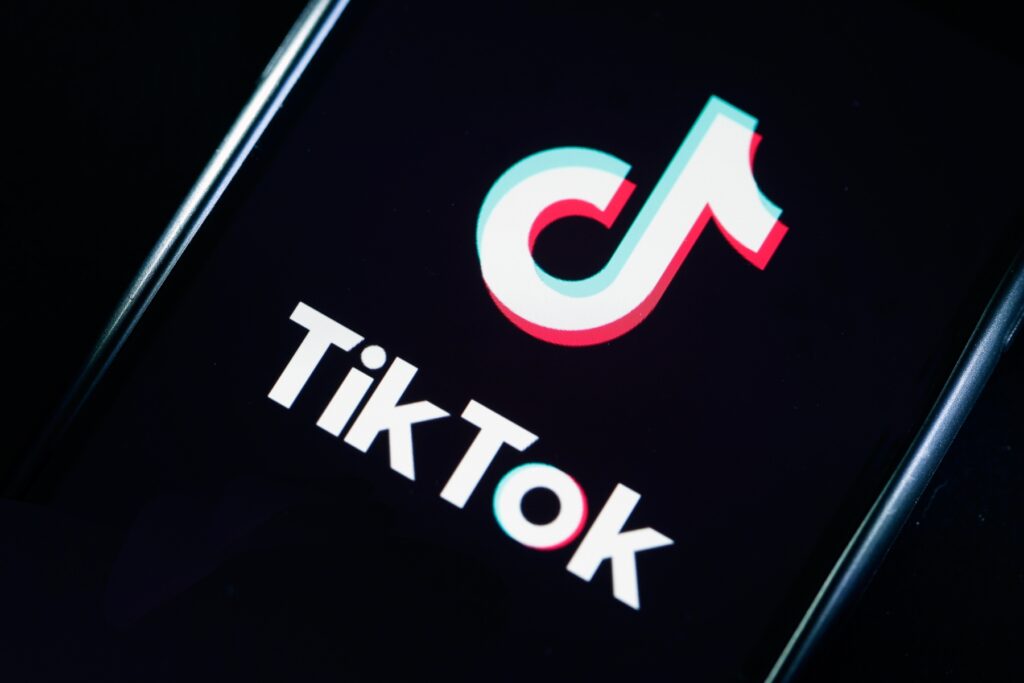The TikTok
There’s no doubt that the TikTok app is the most popular social media site. The short clip application, founded by Chinese software firm ByteDance, has been installed over a billion times worldwide. It has remained at the summit of the “highest purchased iOS and android app” ranking for five quarters.
It has been a great change into today’s young culture as the Gen Z users are exposing their talents through the application itself. As a curious TikTok user all you have to do is find ways to know how to buy TikTok views for your video reach. Buying views has become more than a mandatory work or a responsibility. The continued popularity exposes a few intriguing facts about how social networking is changing: meme-driven, algorithmically tailored, and unattached by real-life ties or social graphs.
This shift is fueled in portion by media users’ getaway from progressively toxic accessible virtual platforms into the deciduous area of personal social media mediums, allowing UGC-driven online communities such as TikTok and Instagram to become the common domain in which individuals could indeed garner social capital through meme culture. In response to the present social media climate, a rising online sector has emerged that entirely rejects social media and wonders why we would require it in the first place. While we may not need social media, its worldwide success has demonstrated that, on the whole, we desire the social status and genuine relationships that social networking promises.
(Although if you’re more than just a watcher than a producer, keeping up with popular culture and becoming the earliest in the social circle to find and promote new stuff can help you build social capital.) Yet, these two unique social goals and the various social relationships that they imply are progressively appearing to be too contradictory to be supported on the same network. As a result, the destiny of social networks will most probably be bisected, with expressive, algorithm-driven channels like TikTok solely on a single side to gratify the insatiable desire for social capital as well as intercellular media, and communication portals like WhatsApp on the other to handle interactions and intensify our social relationships. This double range of social functions, which has traditionally been kept underneath one roof throughout many social media platforms, could no longer resist shifting user preferences and should be disconnected.
The Meme Factory
In September 2016, the TikTok application, which lets users make 15-second movies with music samples, debuted in China called Douyin. The following year, ByteDance bought Musical.ly, a famous lip-syncing application among American teenagers, combined it with Douyin, and renamed the resulting application “TikTok” for all countries beyond China. TikTok’s rapid success can be linked to its easy, user-friendly design and the broad appeal of enjoyable, amusing video that appeals to people older than Gen Z.
TikTok’s memes have left an indelible mark on modern culture, notably in songs. The latest triumph of “Old Town Road” upon that chart demonstrated that TikTok memes might help promote a global hit track. Billie Eilish, a rising pop star, credits a makeovers meme challenge timed to her tune “You Should See Me in a Crown” for some of her popularity. There is also “Baby Shark,” an unbearably addictive nursery song that made its way into national consciousness thanks to a TikTok meme. But that’s just a tiny specimen of TikTok memes’ viral potential. The application’s reach in China goes well beyond popular culture and then into the arena of business.
The Algorithm And Driven Data
To spark buyers’ memories and indicate TikTok’s global success to non-TikTok users, businesses and stores willingly place “as seen on TikTok” stickers and banners on their items and shops. Meme culture is, of course, a massive element of social media networks like Instagram and Twitter. However, TikTok isn’t the only app with this capability. That Baby Shark meme, for example, started on YouTube before making its way to TikTok. TikTok, on the other hand, stands out among the recognized social players since it offers a relatively limited selection of content, both in regards to design and subjects, and the instruments it provides dramatically lower the barriers of entry for creating content.
The application’s music innovation techniques undoubtedly prompt users towards the sort of low-stakes, frequently humourous, lip-sync clips that monopolise the webpage, and 15 seconds is far too brief for any meaningful conversation. However, unlike Instagram or Twitter, TikTok requires far less effort to produce “good enough” information that garners social capital. In his fantastic blog article debunking the multi-faceted features that social networking serves, “humans strive out the greatest optimum approach to maximising social capital.” For several individuals, that road is TikTok. Another significant distinction seems to be that memes in TikTok are typically portrayed as challenges to stimulate user involvement via replication or recreation.
Conclusion
On TikTok, being clever is far more essential than being unique. It’s all about lessening the shield to producing inventive “proof of work” and gaining social capital, as TikTok seems to be doing a fantastic job. Much better, since most information on TikTok is essentially remixed memes, those algorithms driving its personalised recommendations can quickly categorise the information and send it out to individuals depending on the degree of involvement. The fragmentation of social media extends much outside TikTok, as impressive as it is.
